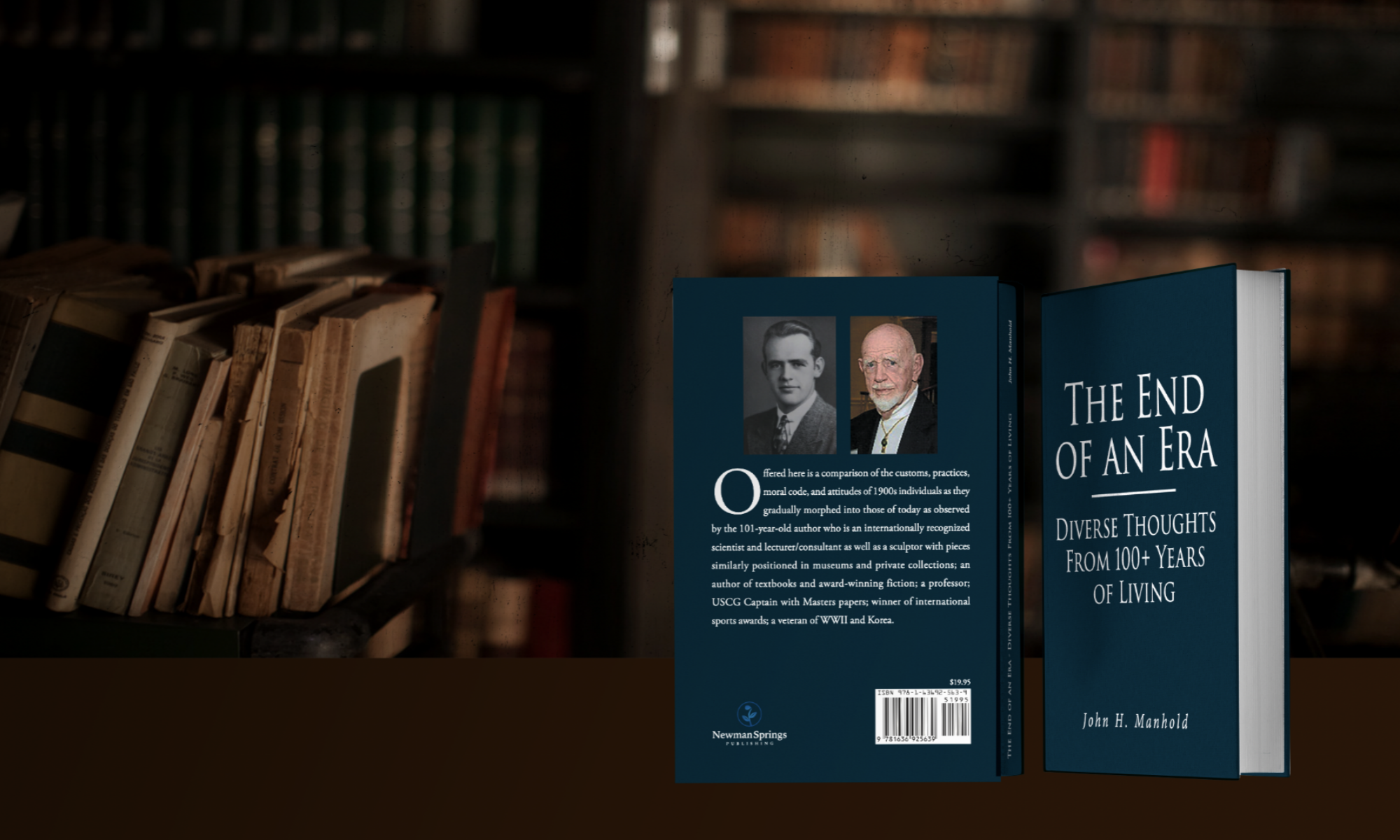A Laughing Place Berwick Publishing, copyright and written by Christian Hageseth, M.D.
This offering is a relatively short but quite thorough look at the position of humor in the content of an individual’s mindset and the extent of its importance in an individual’s well-being. It includes an introduction that once again reiterates the importance of Hippocrates’ statement “It is far more important to know what person has the disease, than what disease the person has. The difference between patients is the content of their minds.” Twelve chapters follow, opening with a humorous, tenuously embarrassing incident that occurred with the author’s first lecture with respect to the subject. An incident that gave rise to the quote “Life and adversity: You can’t have one without the other” and an opportunity to provide further discussion of the importance of how the individual deals with adversity when encountered. Years of treating patients who were almost impossible to help finally brought this psychiatrist to a realization of the vital importance of Positive Humor. Thus he decided that rather than treat the aftermath of adversity, he wanted to prevent some of the pain that poured out in his consulting room and instruct his patients to learn about humor – what it is, how it constantly is modified, what purpose it serves and when properly couched and utilized, what it can bring to alleviating some of the suffering individual’s most debilitating episodes of despair.
Well aware of present day demand for short, crisp, to-the-point- comments, in the book he first provides what he believes are the ten basic components of humor. And he does so simply, “without detail, without examples, without metaphor”. With these as a basis, he then expands to examine the subject from its very first appearance to its many levels beyond. Many psychologists believe that humor is a function of language and a process involving abstract thought. As such, its first appearance is around the child’s first grade. The author contends that the first humor experience emerges even before with the smiling response which occurs at about eight weeks of life. Regardless, from this initial emergence, he traces it through the stages of mental and physical growth accompanying childhood, adolescence and into the adult. He explains how humor is more than jokes and that three pathways exist to a humor experience; that one’s surroundings, culture and subculture dictate the acceptance or non-acceptance of a humorous statement, with occasional exceptions as noted. And he provides numerous true stories of the effectiveness of humor in certain disastrous situations. Further presented are “the four elements of successful humor” and how they are achieved as well as how it may be used to combat illness as well as depression. The book ends with again a succinctly presented list of twelve affirmations of positive humor.
Discussion: The author has set forth a quite thorough overall discussion of humor. Further, he has provided the material in an easy to read form that the neophyte looking for help will discover to be simple to follow. Amusingly perhaps, is the fact that he most obviously is well aware of the extent of decrease in the general public’s attention span. Whether watching TV, reading or conversing, this activity measured 12 seconds in the year 2000; 8.25 seconds in 2015 and seemingly is dropping even lower in newly acquired data. (Comparatively, that of a goldfish is 9 seconds.). Resultantly, he has provided much material in quite simple to read lists and individual phrases. As an aside, his inclusion of certain humorous incidents/tales are quite hilarious for any reader with a degree of imagination. One word of caution seemingly would be helpful for the self-help reader – no matter how easily comprehensible one discovers the material to be in this book, it would seem wise to find a competent individual with whom to discuss this subject before embarking on any extensive personal change.
5* Thorough presentation of humor and its importance to human health.
